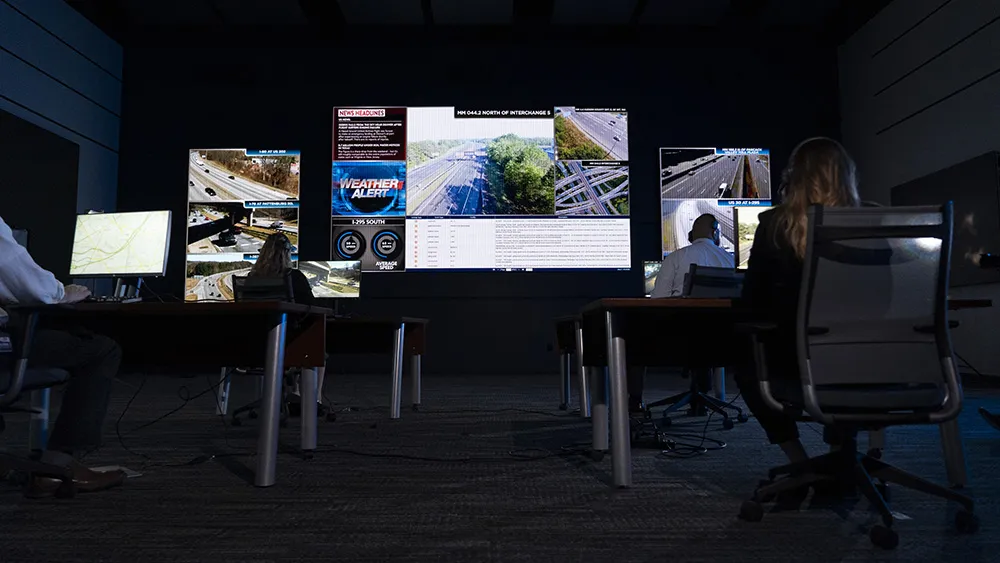
Offering a comprehensive range of tools for one or thousands of users to simultaneously view, listen to and interact with any source of information from virtually anywhere through a single, robust system, Christie Phoenix is a network-distributed information management system designed specifically for control room applications. It enables the same information, presented in the same format, at the same time to be made available to all users, regardless of their location.
The Christie TVC-1700 video wall controller supports video wall configurations of up to 64 outputs and is flexible enough to display hundreds different of inputs anywhere and at any size. The Christie TVC-700 supports video wall configurations of up to 18 outputs and offers the flexibility to display 3D applications, network-streamed software and direct-connected, high-resolution DVI, RGB and video inputs anywhere and at any size on the display wall.
Christie MASTERSuite wall management software WallManager and MediaManager programs make tiled video wall displays respond as a single, ultra-high resolution Windows desktop, enabling multiple media outputs to be displayed anywhere and at any size. Features include multi-language support, remote desktop control and scenario creation, editing and display.









